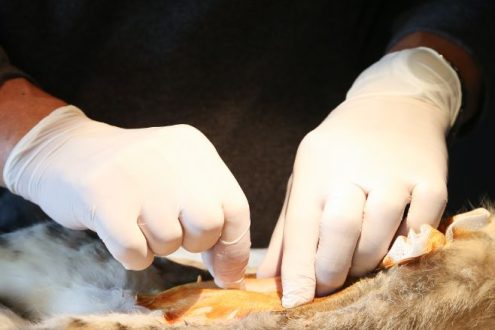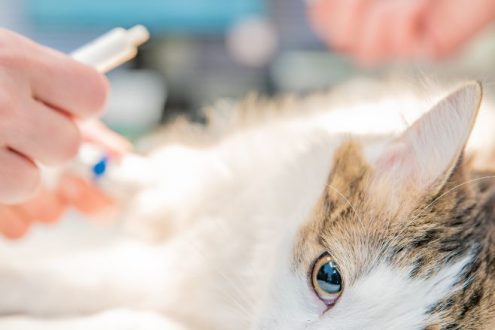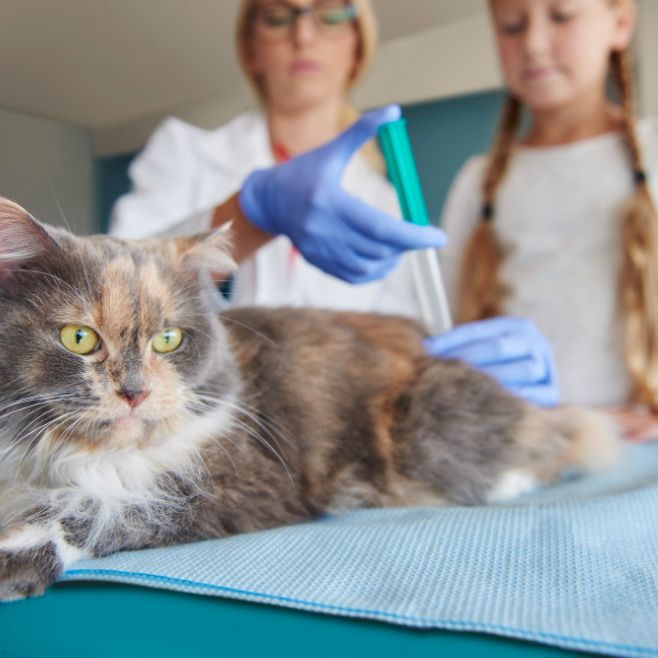Spay & Neuter
Spay & Neuter: The Importance of Sterilizing Your Pet
Spaying and neutering are important procedures that can help control pet overpopulation and improve the health and behavior of your furry friend. In this article, we’ll discuss the benefits of spaying and neutering, as well as answer some common questions about the process.
Trusted Team
Peace of mind
We love dogs
Convenience
What Is Spaying and Neutering?
Spaying is the surgical removal of a female animal’s ovaries and uterus, while neutering is the surgical removal of a male animal’s testicles. These procedures are typically performed by a veterinarian while the animal is under general anesthesia.
Why Should You Spay or Neuter Your Pet?
Spaying and neutering your pet can provide many benefits, including:
Preventing overpopulation: Spaying and neutering can help control pet overpopulation by reducing the number of unwanted litters.
Improving behavior: Spaying and neutering can reduce or eliminate unwanted behaviors, such as aggression, roaming, and marking.
Reducing health risks: Spaying and neutering can reduce the risk of certain health problems, such as reproductive cancers and infections.
Saving money: Spaying and neutering is typically less expensive than the cost of caring for a litter of puppies or kittens.


When Should You Spay or Neuter Your Pet?
The timing of spaying or neutering will depend on a few factors, including the animal’s breed, age, and overall health. In general, it’s best to spay or neuter your pet before they reach sexual maturity. For dogs and cats, this is typically around 6 months of age. Your veterinarian can help you determine the best timing for your pet.
Are There Any Risks Associated with Spaying or Neutering?
Like any surgical procedure, spaying and neutering do carry some risks. Some pets may experience mild side effects, such as soreness or lethargy, after the procedure. More serious complications, such as bleeding or infection, are rare but can occur.
It’s important to talk to your veterinarian about the risks and benefits of spaying or neutering for your pet. They can help you make an informed decision about whether or not the procedure is right for your furry friend.

